New Study Confirms Krill Meal As a High-Performance İngredient For Gilthead Sea Bream (Sparus Aurata)
Oslo, February 2025: A newly released study conducted at the University of Las Palmas de Gran Canaria, in collaboration with Aker QRILL Company and the University of Stirling, highlights the benefits of dietary krill meal inclusion for gilthead sea bream (Sparus aurata) juveniles. This study was funded by AQUAEXCEL3.0, under the TNA program. The study demonstrates that krill meal can improve nutrient utilization, optimize feed efficiency, and boost resilience against oxidative stress, contributing to a more effective aquafeed.
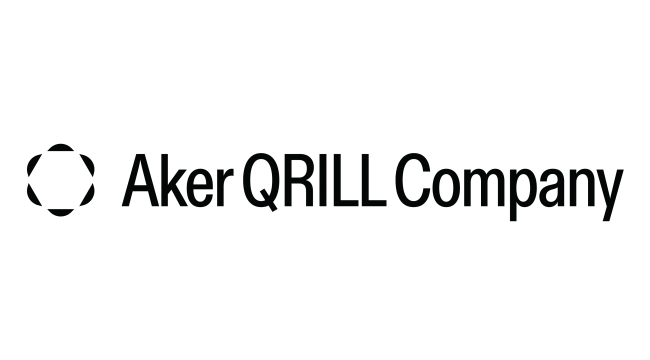
03 Mart 2025 - 21:36 - Güncelleme: 04 Mart 2025 - 23:32
The study reveals that including krill meal in the diet significantly enhances fish health and stress tolerance, particularly during crowding challenges. This aligns with previous aquafeed trials with krill meal, reinforcing the ingredient’s potential to drive both sustainability and efficiency in the aquaculture industry.
QRILL Aqua krill meal is a sustainable solution to key aquaculture challenges
Gilthead sea bream (S. aurata) is a highly valued species for aquaculture. However, crowded farming conditions often lead to oxidative stress, which affects fish health and growth. While traditional fish meal has been the cornerstone of aquafeeds, its fluctuating supply and cost are driving a greater need for more sustainable alternatives.
“QRILL Aqua krill meal is rich source of essential nutrients, including phospholipids and omega-3 fatty acids, which are vital for the health and growth of marine species like gilthead sea bream. This study shows that krill meal inclusion can enhance the robustness of fish, especially under stressful conditions. This helps farmers achieve better fish performance while contributing to more sustainable operations,” says Kiranpreet Kaur, Director of R&D Aquaculture, Aker QRILL Company.
Krill meal tested for nutrient eCiciency and stress response
The 12-week trial, plus a seven-day crowding stress test, assessed the effects of varying krill meal levels (3%, 5%, and 7%) on growth, nutrient utilization, and oxidative stress responses during a stress challenge. The research team discovered that krill meal could replace up to 47% fish meal in the diet, effectively maintaining growth performance while optimizing feed conversion ratio with higher lipid and protein efficiency ratios in gilthead sea bream. Fish fed diets containing 5% and 7% krill meal also showed increased omega-3 levels in their red blood cells, supporting better resilience to crowding-induced oxidative stress. Although a similar trend was observed with the 3% KM showing a higher omega-3 index, the effect was more pronounced with the 5% and 7% KM.
Key findings
Feed eCiciency: Fish fed QRILL Aqua krill meal diets maintained same growth with improved feed eOiciency (FCR), demonstrating that krill meal can partially replace fish meal and leads to better utilization of feed nutrients
Stress resilience: Fish fed krill meal diets retained higher levels of omega-3s in their blood during stressful conditions, indicating that QRILL Aqua could have a positive effect on faster recovery by limiting stress-related cellular damage.
Nutritional value: Krill meal’s easily digestible omega-3s and natural nutrients helped the fish use energy more efficiently and build stronger defenses against stress.
“One of the standout findings of this study is how krill meal helps to sustain omega-3 index levels during and after a stress challenge and is associated with lower expression of antioxidant defense genes after stress, improving fish resilience under stressful conditions. This finding highlights the role of krill meal as a functional ingredient for maintaining fish health and welfare under typical farming conditions,” says Silvia Torrecillas, PhD, Institute of Agrofood Reseach and Technology (IRTA, Spain)
Practical recommendations
Based on the findings of this feed trial, researchers recommend including 5%-7% krill meal in gilthead sea bream diets to maximize nutrient utilization and support fish health during critical growth phases. By partially replacing fish meal with krill meal, aquaculture producers can enhance performance and improve FCR while contributing to more sustainable feed practices. For more details on this study and its implications for aquaculture, please refer to the full research publication:
https://www.sciencedirect.com/science/article/pii/S0044848624014194
Contact:
Tormod Sandstø
Communications Director
Aker QRILL Company
tormod.sandsto@qrill.com
t: +47 90943215
About Aker QRILL Company
Aker QRILL Company is the world’s leading krill company, delivering premium ingredients for aquaculture and animal nutrition, and raw materials for human health applications. Our operations and development are backed by rigorous science and research into the benefits of krill. Sustainability is at the core of our operations, rooted in world-class standards
Scientific Summary: Krill Meal in Gilthead Seabream Diets
Introduction
The increasing demand for sustainable aquaculture requires innovative feed ingredients that enhance fish growth and health while reducing reliance on traditional fish meal.
This study investigates the effects of incorporating krill meal (Euphausia superba) at 3%, 5%, and 7% levels in juvenile gilthead seabream (Sparus aurata) diets.
Methods
A 12-week feeding trial followed by a 7-day crowding stress test evaluated:
• Growth Performance (Weight Gain %)
• Feed Conversion Ratio (FCR)
• Omega-3 Index in Blood
• Oxidative Stress Marker Expression
Key Findings
1. Growth Performance
Fish fed diets containing 5% and 7% krill meal exhibited significantly improved growth rates compared to the control group.
Graph: Growth performance showed a steady increase with krill meal inclusion, peaking at 7% (120% weight gain compared to control).
2. Feed Conversion Ratio (FCR)
FCR decreased (improved efficiency) with krill meal supplementation:
• Control: 1.4
• 3% Krill: 1.3
• 5% Krill: 1.2
• 7% Krill: 1.15 3.
Omega-3 Index Improvement
Higher dietary krill meal led to a significant increase in omega-3 levels in fish blood, supporting better membrane integrity and stress resilience.
4. Oxidative Stress Reduction
Oxidative stress markers were significantly lower in fish fed 5% and 7% krill meal, suggesting a strong antioxidant effect.
Conclusion
• Krill meal (5%-7%) enhances growth, feed efficiency, and stress resilience.
• Omega-3 enrichment supports fish health and performance.
• Krill meal is a sustainable alternative to fish meal, reducing industry reliance on traditional marine resources.
These findings highlight krill meal as a powerful tool for improving aquafeed formulations, promoting both fish welfare and industry sustainability.
Add the graphs on the side:
• Growth Performance (Weight Gain %): Fish on a 7% krill meal diet showed the highest growth.
• Feed Conversion Ratio (FCR): Improved with increasing krill meal inclusion, meaning more efficient feed utilization.
• Omega-3 Index in Blood: Higher in fish fed krill meal, suggesting better health benefits.
• Oxidative Stress Marker Expression: Lower in krill-fed fish, indicating reduced physiological stress

QRILL Aqua krill meal is a sustainable solution to key aquaculture challenges
Gilthead sea bream (S. aurata) is a highly valued species for aquaculture. However, crowded farming conditions often lead to oxidative stress, which affects fish health and growth. While traditional fish meal has been the cornerstone of aquafeeds, its fluctuating supply and cost are driving a greater need for more sustainable alternatives.
“QRILL Aqua krill meal is rich source of essential nutrients, including phospholipids and omega-3 fatty acids, which are vital for the health and growth of marine species like gilthead sea bream. This study shows that krill meal inclusion can enhance the robustness of fish, especially under stressful conditions. This helps farmers achieve better fish performance while contributing to more sustainable operations,” says Kiranpreet Kaur, Director of R&D Aquaculture, Aker QRILL Company.
Krill meal tested for nutrient eCiciency and stress response
The 12-week trial, plus a seven-day crowding stress test, assessed the effects of varying krill meal levels (3%, 5%, and 7%) on growth, nutrient utilization, and oxidative stress responses during a stress challenge. The research team discovered that krill meal could replace up to 47% fish meal in the diet, effectively maintaining growth performance while optimizing feed conversion ratio with higher lipid and protein efficiency ratios in gilthead sea bream. Fish fed diets containing 5% and 7% krill meal also showed increased omega-3 levels in their red blood cells, supporting better resilience to crowding-induced oxidative stress. Although a similar trend was observed with the 3% KM showing a higher omega-3 index, the effect was more pronounced with the 5% and 7% KM.
Key findings
Feed eCiciency: Fish fed QRILL Aqua krill meal diets maintained same growth with improved feed eOiciency (FCR), demonstrating that krill meal can partially replace fish meal and leads to better utilization of feed nutrients
Stress resilience: Fish fed krill meal diets retained higher levels of omega-3s in their blood during stressful conditions, indicating that QRILL Aqua could have a positive effect on faster recovery by limiting stress-related cellular damage.
Nutritional value: Krill meal’s easily digestible omega-3s and natural nutrients helped the fish use energy more efficiently and build stronger defenses against stress.
“One of the standout findings of this study is how krill meal helps to sustain omega-3 index levels during and after a stress challenge and is associated with lower expression of antioxidant defense genes after stress, improving fish resilience under stressful conditions. This finding highlights the role of krill meal as a functional ingredient for maintaining fish health and welfare under typical farming conditions,” says Silvia Torrecillas, PhD, Institute of Agrofood Reseach and Technology (IRTA, Spain)
Practical recommendations
Based on the findings of this feed trial, researchers recommend including 5%-7% krill meal in gilthead sea bream diets to maximize nutrient utilization and support fish health during critical growth phases. By partially replacing fish meal with krill meal, aquaculture producers can enhance performance and improve FCR while contributing to more sustainable feed practices. For more details on this study and its implications for aquaculture, please refer to the full research publication:
https://www.sciencedirect.com/science/article/pii/S0044848624014194
Contact:
Tormod Sandstø
Communications Director
Aker QRILL Company
tormod.sandsto@qrill.com
t: +47 90943215
About Aker QRILL Company
Aker QRILL Company is the world’s leading krill company, delivering premium ingredients for aquaculture and animal nutrition, and raw materials for human health applications. Our operations and development are backed by rigorous science and research into the benefits of krill. Sustainability is at the core of our operations, rooted in world-class standards
Scientific Summary: Krill Meal in Gilthead Seabream Diets
Introduction
The increasing demand for sustainable aquaculture requires innovative feed ingredients that enhance fish growth and health while reducing reliance on traditional fish meal.
This study investigates the effects of incorporating krill meal (Euphausia superba) at 3%, 5%, and 7% levels in juvenile gilthead seabream (Sparus aurata) diets.
Methods
A 12-week feeding trial followed by a 7-day crowding stress test evaluated:
• Growth Performance (Weight Gain %)
• Feed Conversion Ratio (FCR)
• Omega-3 Index in Blood
• Oxidative Stress Marker Expression
Key Findings
1. Growth Performance
Fish fed diets containing 5% and 7% krill meal exhibited significantly improved growth rates compared to the control group.
Graph: Growth performance showed a steady increase with krill meal inclusion, peaking at 7% (120% weight gain compared to control).
2. Feed Conversion Ratio (FCR)
FCR decreased (improved efficiency) with krill meal supplementation:
• Control: 1.4
• 3% Krill: 1.3
• 5% Krill: 1.2
• 7% Krill: 1.15 3.
Omega-3 Index Improvement
Higher dietary krill meal led to a significant increase in omega-3 levels in fish blood, supporting better membrane integrity and stress resilience.
4. Oxidative Stress Reduction
Oxidative stress markers were significantly lower in fish fed 5% and 7% krill meal, suggesting a strong antioxidant effect.
Conclusion
• Krill meal (5%-7%) enhances growth, feed efficiency, and stress resilience.
• Omega-3 enrichment supports fish health and performance.
• Krill meal is a sustainable alternative to fish meal, reducing industry reliance on traditional marine resources.
These findings highlight krill meal as a powerful tool for improving aquafeed formulations, promoting both fish welfare and industry sustainability.
Add the graphs on the side:
• Growth Performance (Weight Gain %): Fish on a 7% krill meal diet showed the highest growth.
• Feed Conversion Ratio (FCR): Improved with increasing krill meal inclusion, meaning more efficient feed utilization.
• Omega-3 Index in Blood: Higher in fish fed krill meal, suggesting better health benefits.
• Oxidative Stress Marker Expression: Lower in krill-fed fish, indicating reduced physiological stress




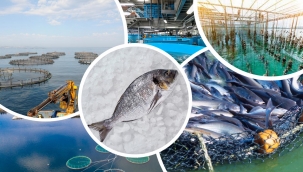

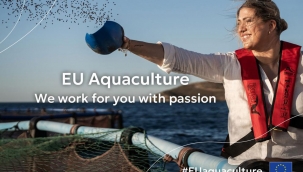


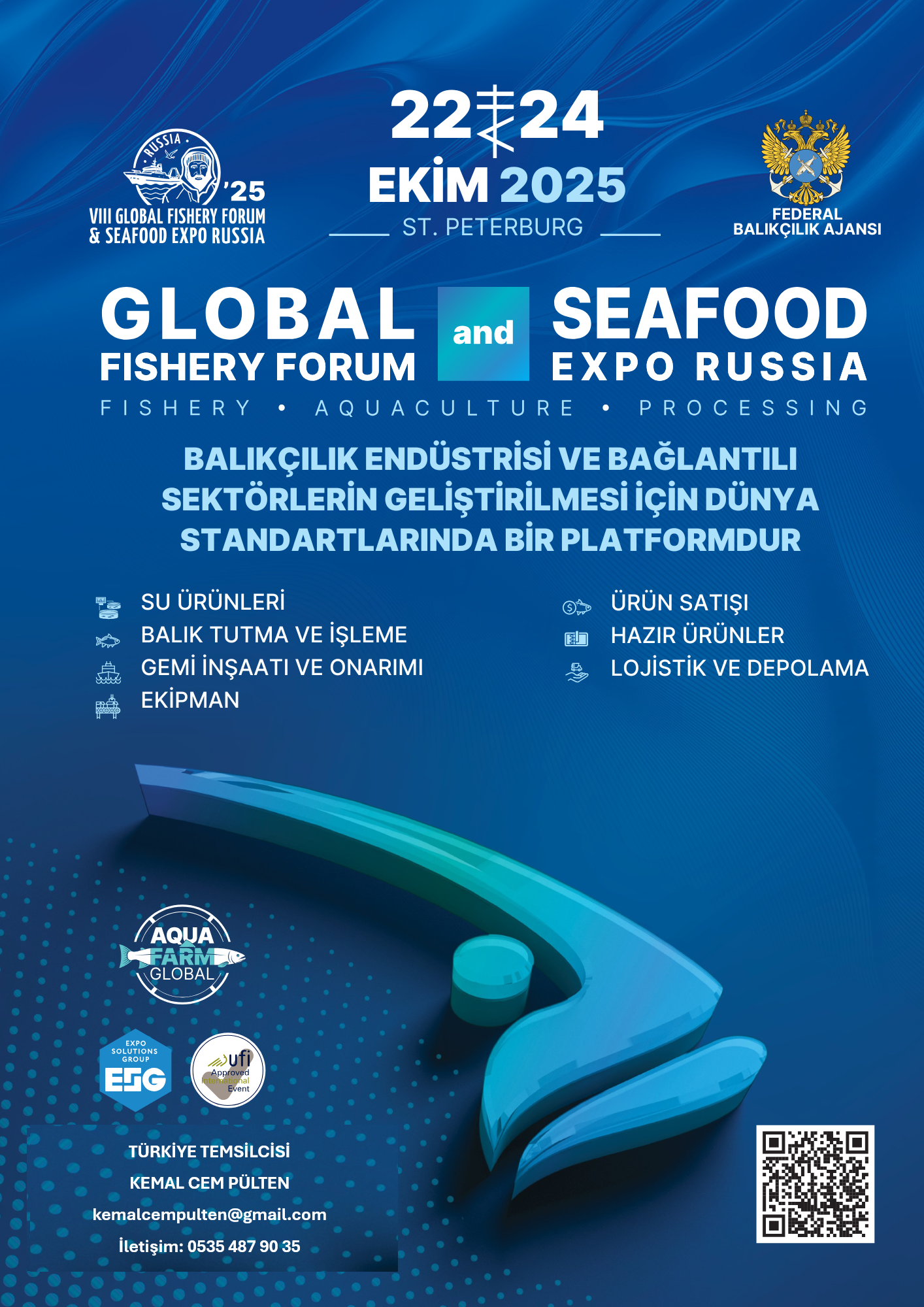





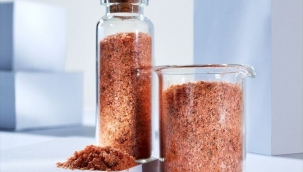
YORUMLAR